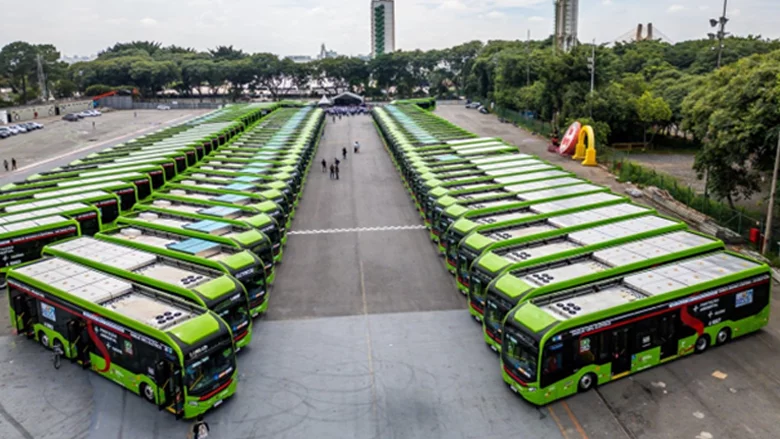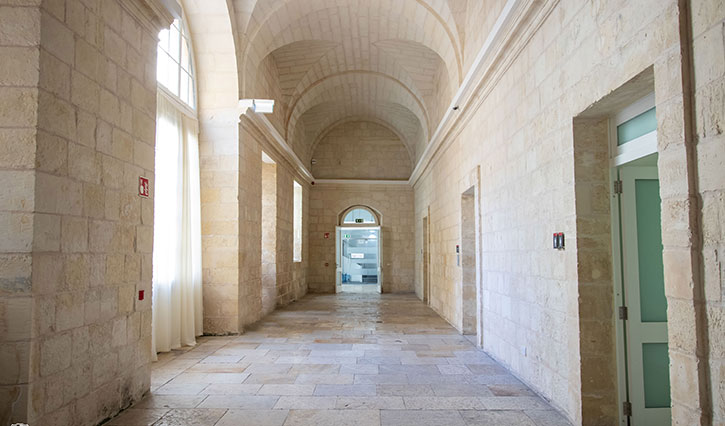Source: The Wall Street Journal
One of the hottest trends in urban mass transit is—the bus.
Not your old-fashioned bus lines. Cities all over the world are switching to bus rapid transit, or BRT, a modern transit system that combines the flexibility of buses with the speed, comfort and reliability of rail.
With BRT, buses run frequently in exclusive lanes, offering local and express services. Small, technologically advanced stations take the place of the traditional bare-bones bus stop: Vending machines sell fares, slightly elevated platforms make boarding easier, and monitors wired into a Global Positioning System network tell waiting commuters exactly when the next bus will arrive.
Sixteen systems were completed world-wide last year, and 49 more are under construction. Cities in the U.S. and Australia have built BRT systems, but so far there is generally less demand in developed countries. Rather, the trend is most popular in the developing world—especially Asia and Latin America.
«BRT will be an important option for transit systems in the future, especially in cities where transit demand is high and budgets are tight,» says Walter Hook, executive director of the New York-based Institute for Transportation and Development Policy.
The city considered to have the most successful, and first, BRT system is Curitiba, Brazil, with 2.26 million passengers a day and 45 miles of lanes. From three bus corridors in the late 1970s, the system has grown to six, all added in combination with zoning and land-use policies that promoted industrial and residential development.
In the U.S., adoption of BRT has been slow, in part because cars are so prevalent, and because commuters who use public transit have shown a preference for rail. But difficulties in funding new rail projects may make BRT more attractive in the future.
«There will be less dollars available from the federal government for rail, so we’ll see an increase in BRT,» says Dennis Hinebaugh, director of the National BRT Institute at the Center for Urban Transportation Research at the University of South Florida, in Tampa. «You can build up to 10 BRT lines for the cost of one light-rail line.»
To date, five U.S. cities use BRT for parts of their public-transit systems. Los Angeles has a BRT system that comprises about 14 miles; Cleveland, seven miles; and Eugene, Ore., four miles. Eight to 10 other systems are under consideration, including routes in San Francisco and Chicago, according to the Institute for Transportation and Development Policy.
But BRT critics say that just because the systems are successful in Latin America and Asia doesn’t mean they’re the best option in the U.S.
«Rail has a proven record of being able to take people out of their cars; buses don’t,» says Anthony Perl, professor and director of urban studies at Simon Fraser University in Vancouver, British Columbia.
Still, Mr. Perl says BRT could make sense in North America if it were implemented by converting lanes in existing roads to dedicated bus lanes. «I’m for taking road space and using it more efficiently, but not building roads,» he says. «If we talk about building, I think you might as well build rail.»
¿Comments? ¿Opinions? ¿Similar News? Send them to us!












